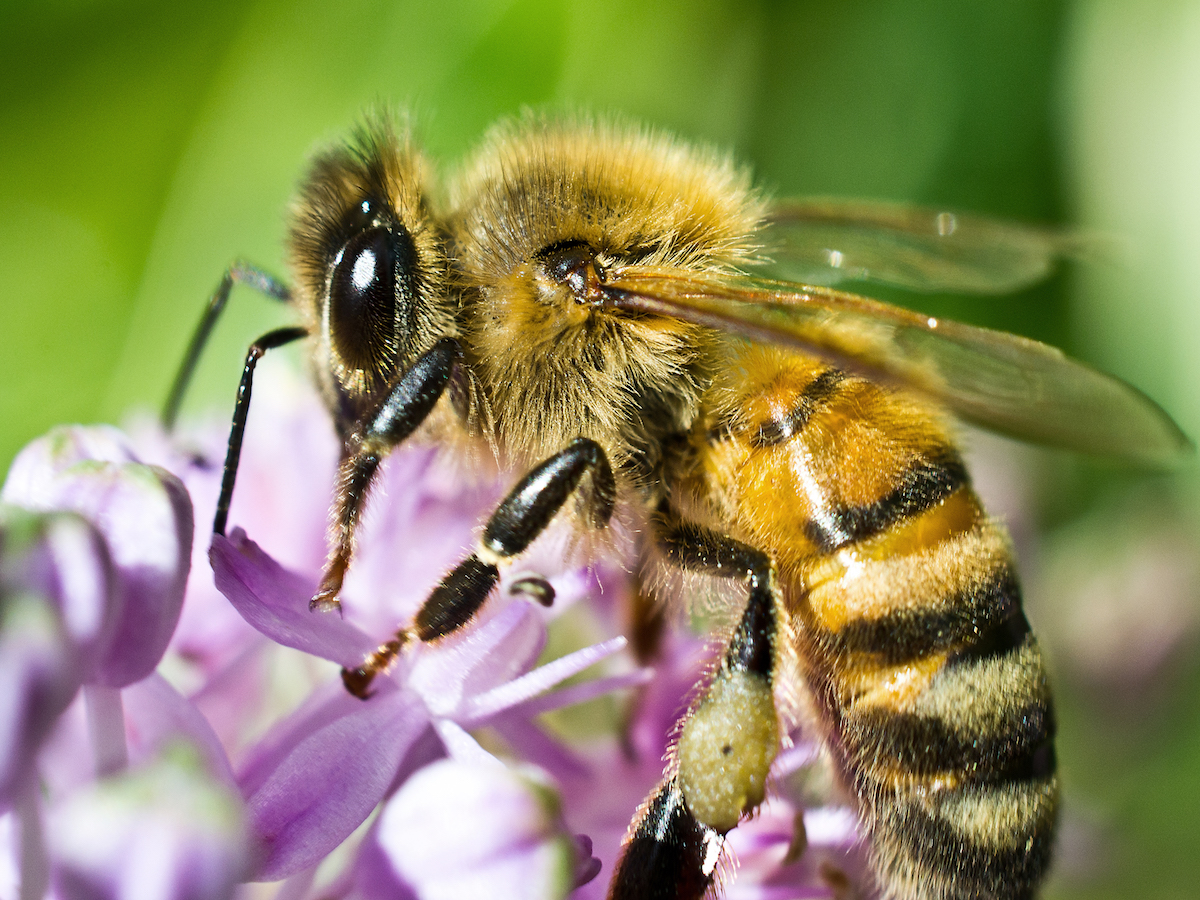
31 interesting facts about bee
- 👁️ 243
Bees are fascinating insects that play a crucial role in the pollination of plants and the production of honey. They are also important indicators of the health of the environment, as their populations have declined in recent years due to habitat loss and pesticide use. Here are some interesting facts about bees:
- Bees belong to the order Hymenoptera and the superfamily Apoidea.
- There are over 20,000 species of bees worldwide.
- Bees are known for their ability to collect nectar from flowers and convert it into honey.
- Honeybees are the most well-known species of bees and are kept by humans for their honey and wax.
- Bees have two pairs of wings and three body segments: the head, thorax, and abdomen.
- The pollen baskets on a bee’s hind legs are used to carry pollen from flower to flower.
- The female worker bees are responsible for collecting nectar, making honey, and caring for the young.
- Male bees, or drones, have one role: to mate with a queen.
- Bees have five eyes and two antennae, which they use to navigate and communicate with each other.
- Bees can fly up to 15 miles per hour and can carry up to 50% of their body weight in pollen and nectar.
- Bees communicate with each other using a dance known as the “waggle dance.”
- The bee colony is organized into a hierarchy, with a single queen bee at the top.
- The queen bee can lay up to 2,000 eggs per day.
- Bees have a long proboscis, or tongue, that they use to reach deep into flowers to collect nectar.
- Bees have a special gland in their abdomen that produces wax, which they use to build their nests.
- The honey stored by bees provides food for the colony during the winter months.
- Bees have a distinctive, buzzing sound that is produced by their rapidly beating wings.
- Bees are able to fly in all directions, including backwards, which allows them to efficiently collect nectar from a flower.
- Bees have been used by humans for honey production for thousands of years.
- Bees play a crucial role in the pollination of crops, with up to 30% of global food production dependent on their pollination services.
- The use of pesticides and the loss of habitat have led to declines in bee populations in recent years.
- Bees have a symbiotic relationship with many plants, as the plants provide nectar for the bees and the bees pollinate the plants.
- Some species of bees, such as carpenter bees, can cause damage to wood structures by burrowing into them.
- Bees are important indicators of the health of the environment, and declines in bee populations can be a sign of ecosystem imbalance.
- Bees have a special type of hair on their bodies that helps to collect pollen.
- The color patterns on a bee’s body can be used to identify different species of bees.
- Bees are able to fly in rain and other inclement weather, as their wings are waterproof.
- Bees can fly at night, but they rely on the sun to navigate during the day.
- Bees have a highly developed sense of smell, which they use to locate flowers and communicate with each other.
- Bees are able to recognize flowers based on their shape, color, and scent.
- The stinger of a bee is a modified ovipositor, or egg-laying structure, used for defense.
Bees are fascinating insects that play a crucial role in the pollination of plants and the production of honey. They are also important indicators of the health of the environment, as their populations have declined in recent years due to habitat loss and pesticide use. Here are some interesting facts…